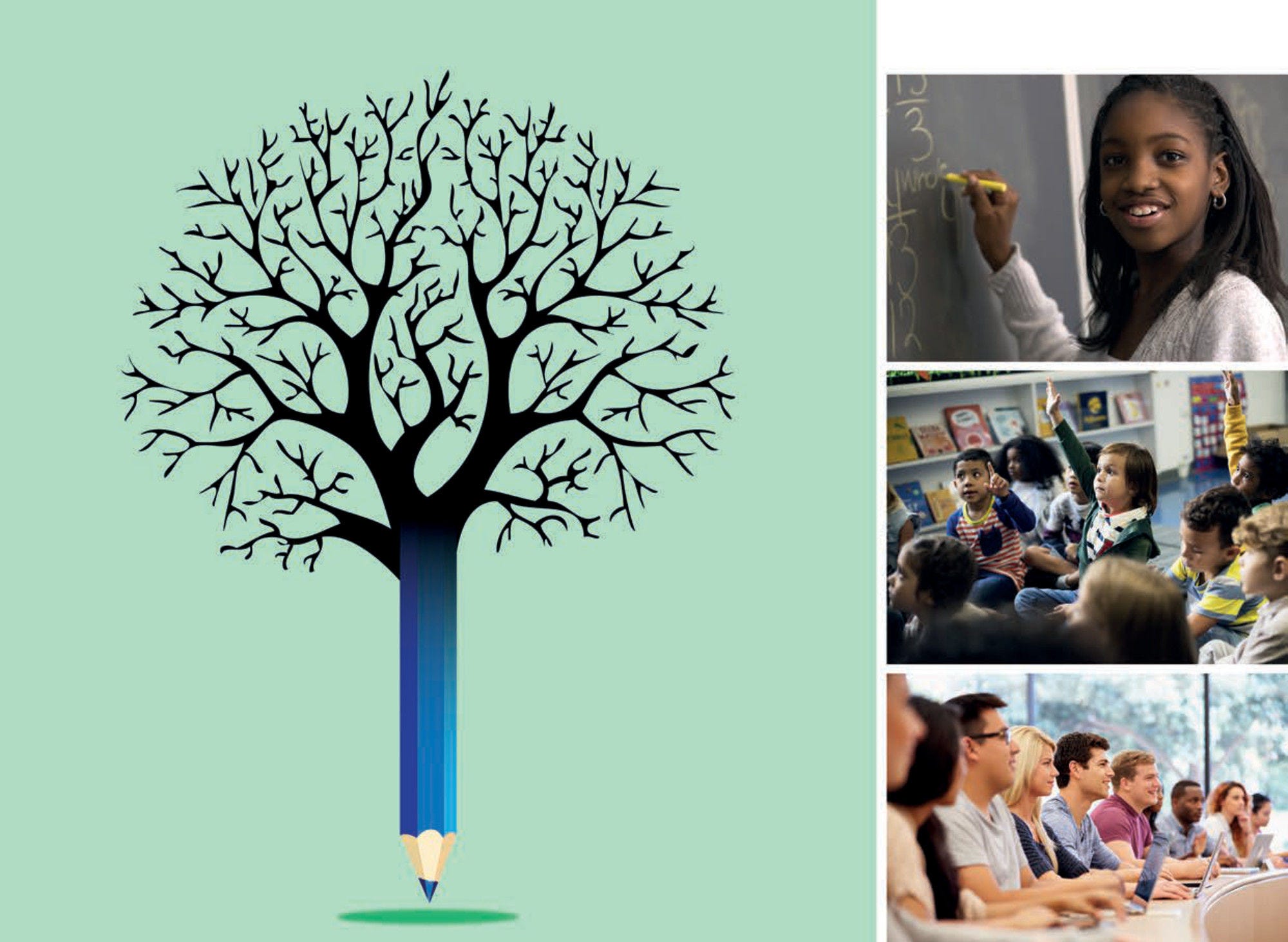Schools in Germany have more favourable disciplinary climates in science lessons than in other OECD countries, according to students’ reports in the Programme for International Student Assessment (PISA) 2015, with an index of disciplinary climate of 0.05 (the OECD average index value was 0.00). Student truancy in 2015 was also lower than the OECD average: 8.9% of 15-year-olds reported skipping at least one day of school in the two weeks before the PISA 2015 test, compared to the OECD average of 19.7%. However, students in Germany were less likely to report that their science teachers adapt their instructions more frequently than the OECD average, with an index of adaptive instruction of -0.22 (the average index value was 0.01) (OECD, 2016[1]).
The PISA 2015 index of instructional educational leadership (measuring the frequency with which principals report doing leadership activities specifically related to instruction) was also lower than the OECD average (-0.02 compared to 0.01) (OECD, 2016[1]). The proportion of lower secondary teachers in Germany in 2016 aged 50 or over was 46.6%, compared to the OECD average of 35.4%. In 2017, teachers in Germany had more net teaching hours for general programmes than their peers in other OECD countries. Teachers annually taught 801 hours at primary level and 747 hours at lower secondary level, compared to OECD averages of 784 and 696 hours, respectively (OECD, 2018[2]). According to school principals’ self-reports in PISA 2015, schools in Germany have higher levels of autonomy over curriculum than on average: 79.5% of principals reported that the school has primary autonomy over curriculum, compared to the OECD average of 73.4% (OECD, 2016[1]). In 2016, lower secondary teachers in Germany earned 99% of the average salary of a full-time, full-year worker with tertiary education, compared to the OECD average of 91% (OECD, 2018[2]).
According to school leaders’ reports in PISA 2015, school leaders in Germany are less likely than average to conduct self-evaluations of their schools (88.4% of students were in schools whose principal reported this, compared to the OECD average of 93.2%) and also less likely to undergo external evaluations of their schools (72.4% of students were in schools whose principal reported this, compared to the OECD average of 74.6%). The share of students enrolled in secondary schools whose principal reported in PISA 2015 that standardised tests are used to make decisions on students’ promotion or retention was 13%, which was below the OECD average of 31% (OECD, 2016[1]).
In 2017, state autonomy levels over resource management (allocation and use of resources for teaching staff and principals) were held mainly at state to sub-regional levels, with no decisions taken at the central, local or school level: 50% of decisions in Germany were taken only at the state level, compared to 9% on average among OECD countries. Annual expenditure per student at primary level in 2015 was USD 8 619, which was similar to the OECD average of USD 8 631. At secondary level, Germany spent USD 11 791 per student, compared to the OECD average of USD 10 010, while at tertiary level (including spending on research and development), Germany spent USD 17 036 per student compared to USD 15 656. In 2015, expenditure on primary to tertiary education in Germany as a proportion of gross domestic product (GDP) was 4.2%, compared to the OECD average of 5%. The proportion coming from private sources (including household expenditure, expenditure from other private entities and international sources) was below the OECD average (13.6% compared to 16.1%). Between 2010 and 2015, the relative proportion of public expenditure on primary to tertiary education decreased by 0.8 percentage points, compared to an OECD average decline of 1.3 percentage points. During this same period, private expenditure increased by 4.8 percentage points, which was less than the OECD average change of an increase of 10.6 percentage points (OECD, 2018[2]).
